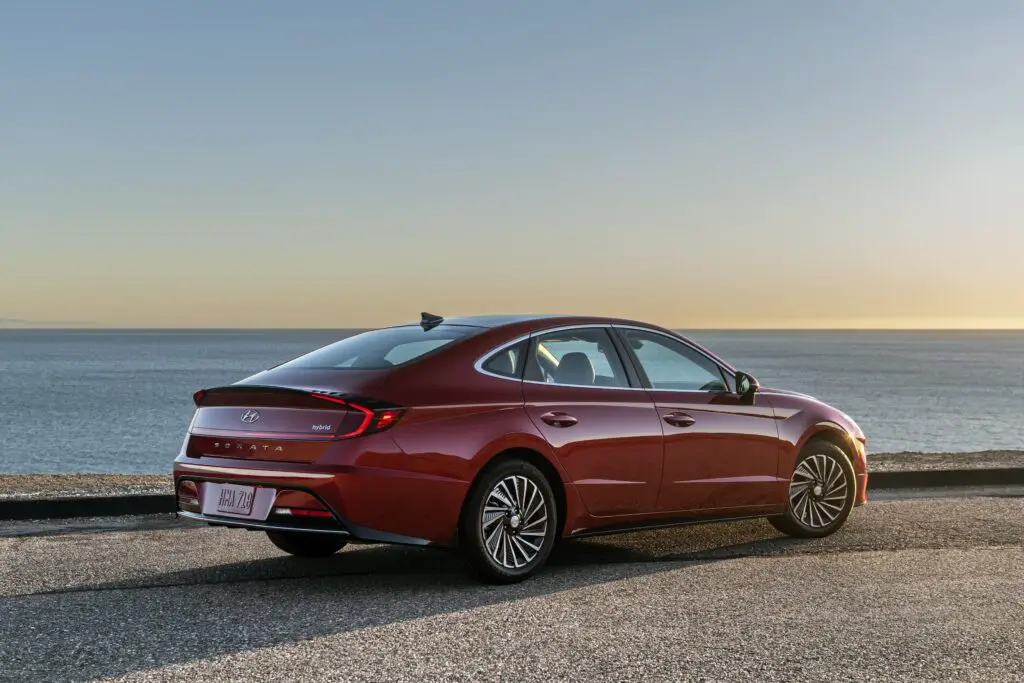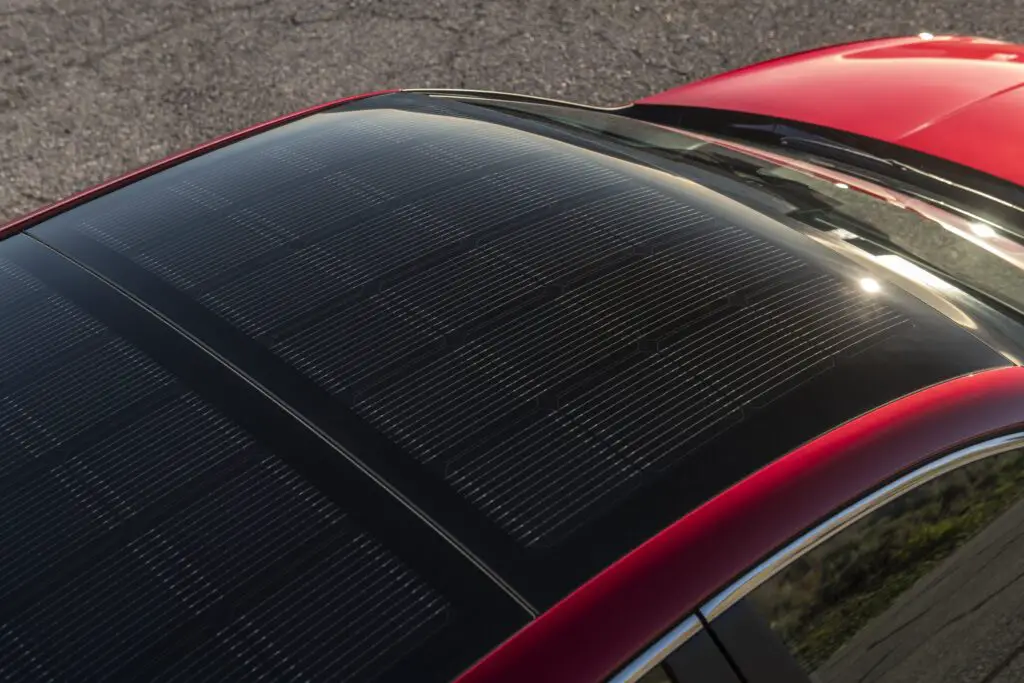
If there is one thing that is predictable about technical innovation it’s that it keeps evolving over time. Quite a few years ago, I remember testing a solar roof in a Toyota (I can’t quite remember which model but I’m pretty sure it was the Prius Hybrid Plug-In.) This is testing my memory but I swear it was around the time I even started reviewing cars, so about 2010.
I was surprised to find out the Prius roof didn’t help with the range at all or really have anything to do with the engine. It helped with some of the air conditioning and that was about it.
Fast forward almost 10 years and I just finished testing the Hyundai Sonata Hybrid Limited that also has a solar roof. This time, however, the roof transfers power to the battery in the vehicle. You gain about two miles per day or about 700 miles per year.

I barely even noticed the solar roof until one test drive when the sun was out. I thought: the roof looks a little different. (My wife would say I’m not always the most observant person in the world.) It’s blended into the styling in a way that is not super obvious at first. Upon second glance, you can see the panels but they don’t really stick out or look obnoxious.
The result is that I barely had to buy gas for my weeklong test. The Sonata Hybrid Limited runs for about 54 miles to the gallon (highway) but even for city driving, it’s 52 MPG. That’s higher than just about any recent test including many VW models with diesel engines, several recent hybrid tests, and even some small budget cars that typically boast a similar range.
It’s interesting to track this evolution, both cosmetically and technically. For starters, the Sonata is a fantastic looking sedan and the solar panels blend in nicely. Like I mentioned, if you look at them at all you will notice the panel but in general, the entire sedan has a sleek, elegant, and business-friendly look, so it’s not meant just for the geek crowd.
As for the range, two miles might not seem like much for now, but considering that the first test back in 2010 didn’t even have anything to do with increasing battery power, it’s a milestone. I’m picturing solar panels that can blend into the styling even more in a way where you won’t know the panels exist, perhaps on all parts of the car facing up toward the sun.
And, a massive increase in range. If the Sonata Hybrid Limited can generate two miles per day from the panels located only on the roof, and if the technology for capturing solar power advances even more, I’m guessing we might find that solar-powered cars can add 10 miles or more per day and — from there, who knows? I’ve always wondered if roads could be outfitted someday with wireless charging technology. In fact, it already exists if you park on top of a wireless charging pad in a concept vehicle from BMW:
What comes next? If the car has solar panels everywhere, and the highway has wireless power transmitters embedded in the road, we may not need charging stations at all anymore.
Here’s hoping Hyundai can keep the ball (and the electric power) rolling on that front.
